Kids need to practice handwriting, but finding the right kind of paper ain't easy. We wanna make sure they got the right size and type, so their writing improves. Creating our own could solve this, but who's got the template?
We've designed different types of printable handwriting paper for all levels to help learners improve their writing skills. Various line widths and spacing options are available so everyone finds the perfect fit for their handwriting style. These resources are great for practice at home or in the classroom, aiding in legible and beautiful handwriting development.
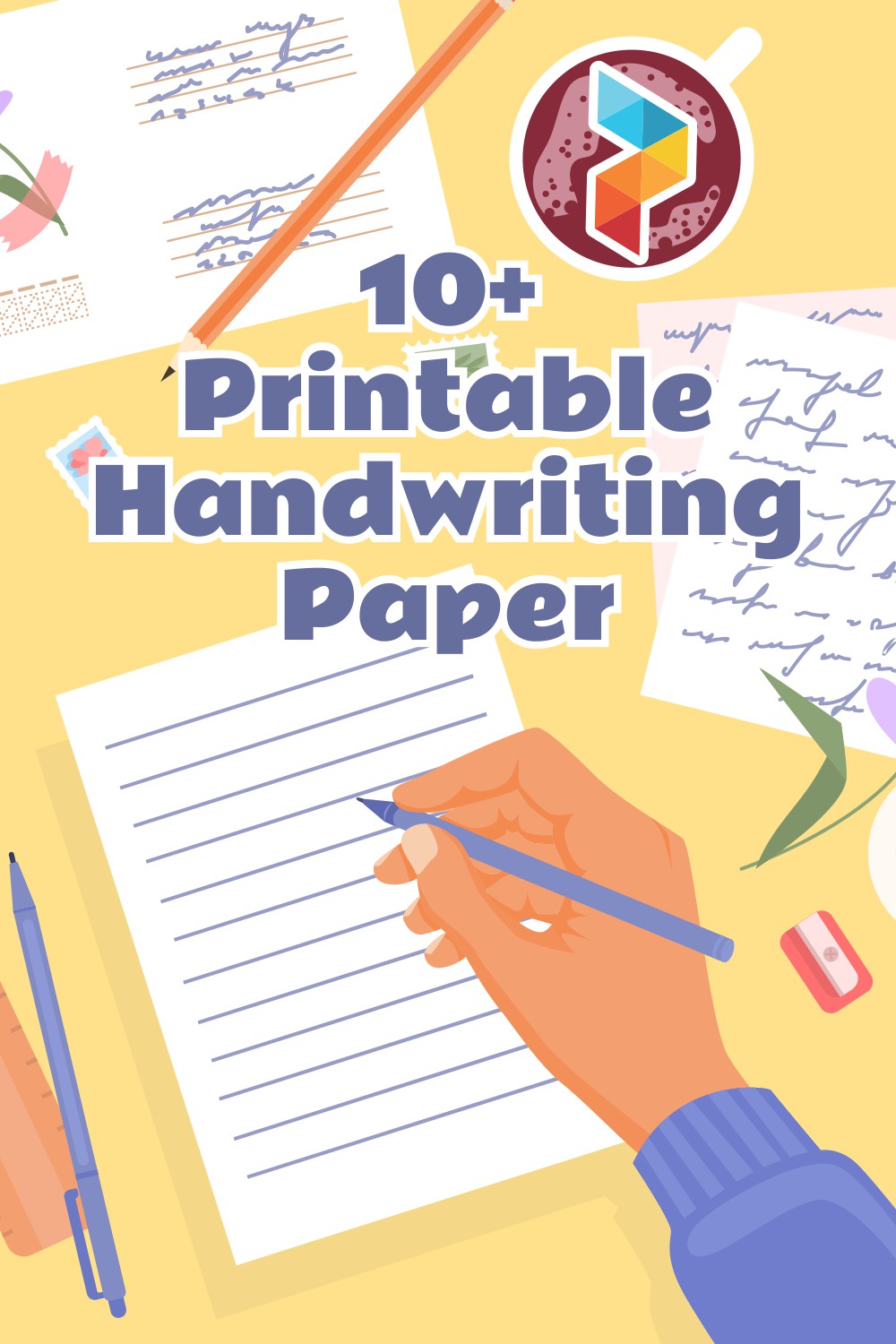
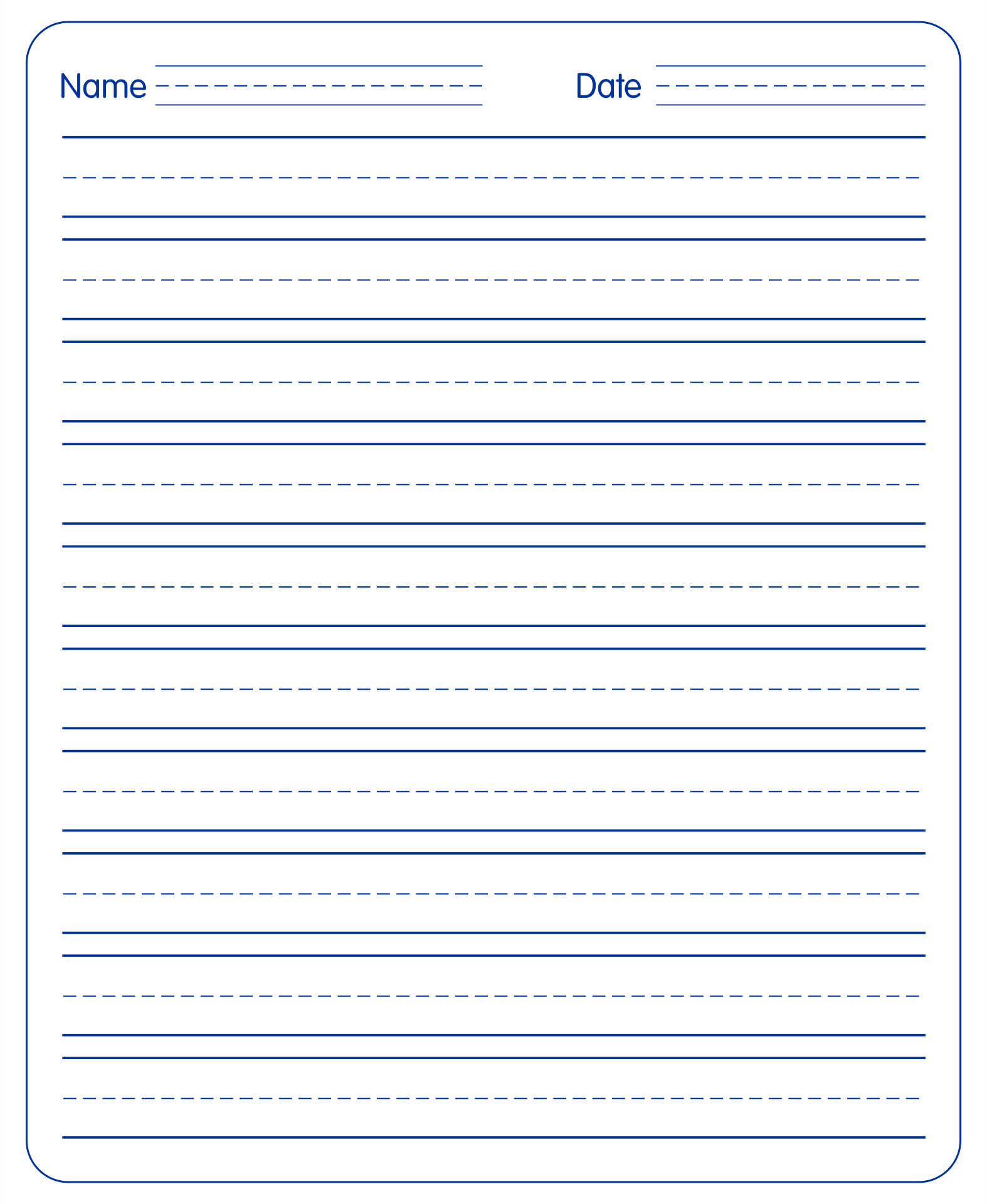
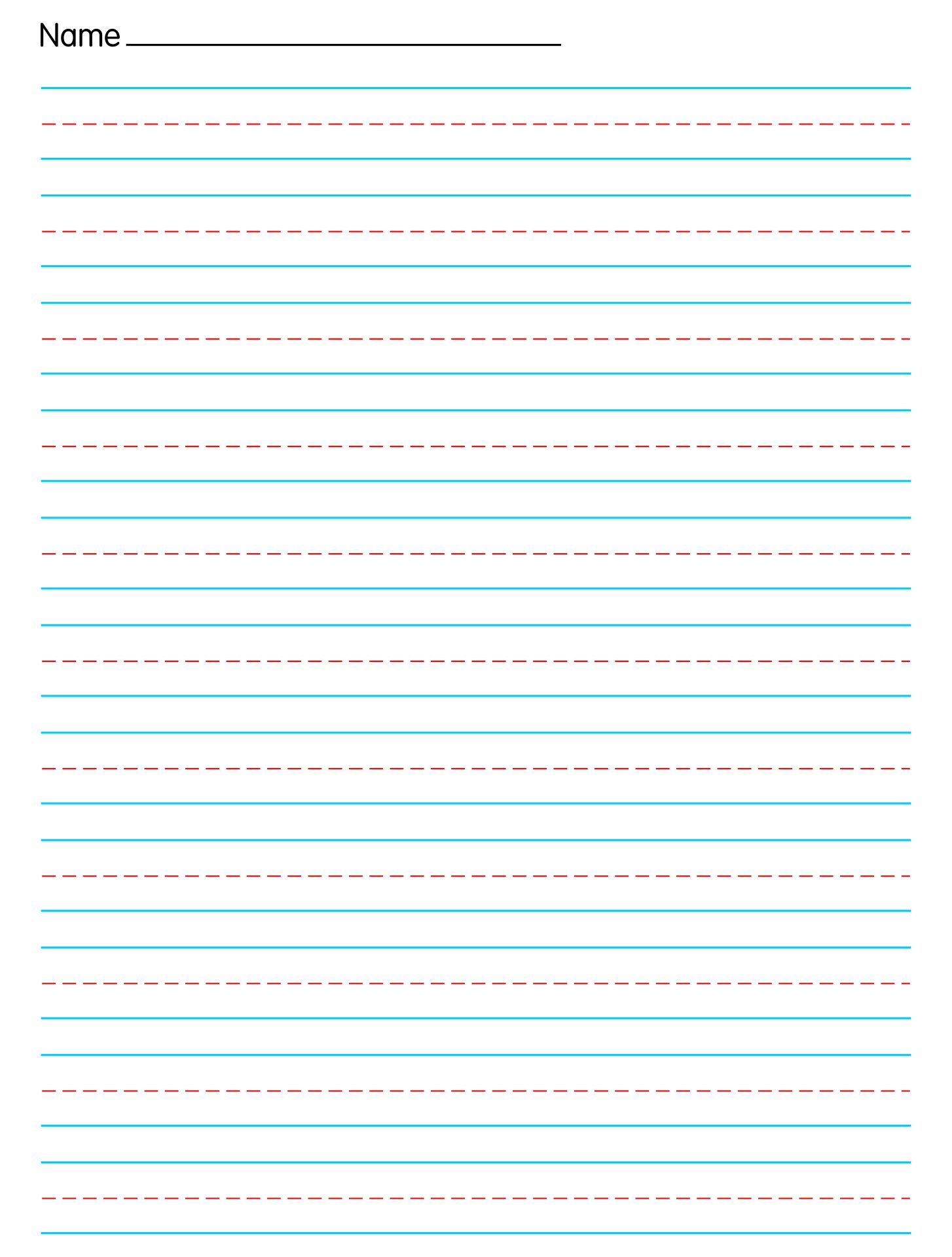
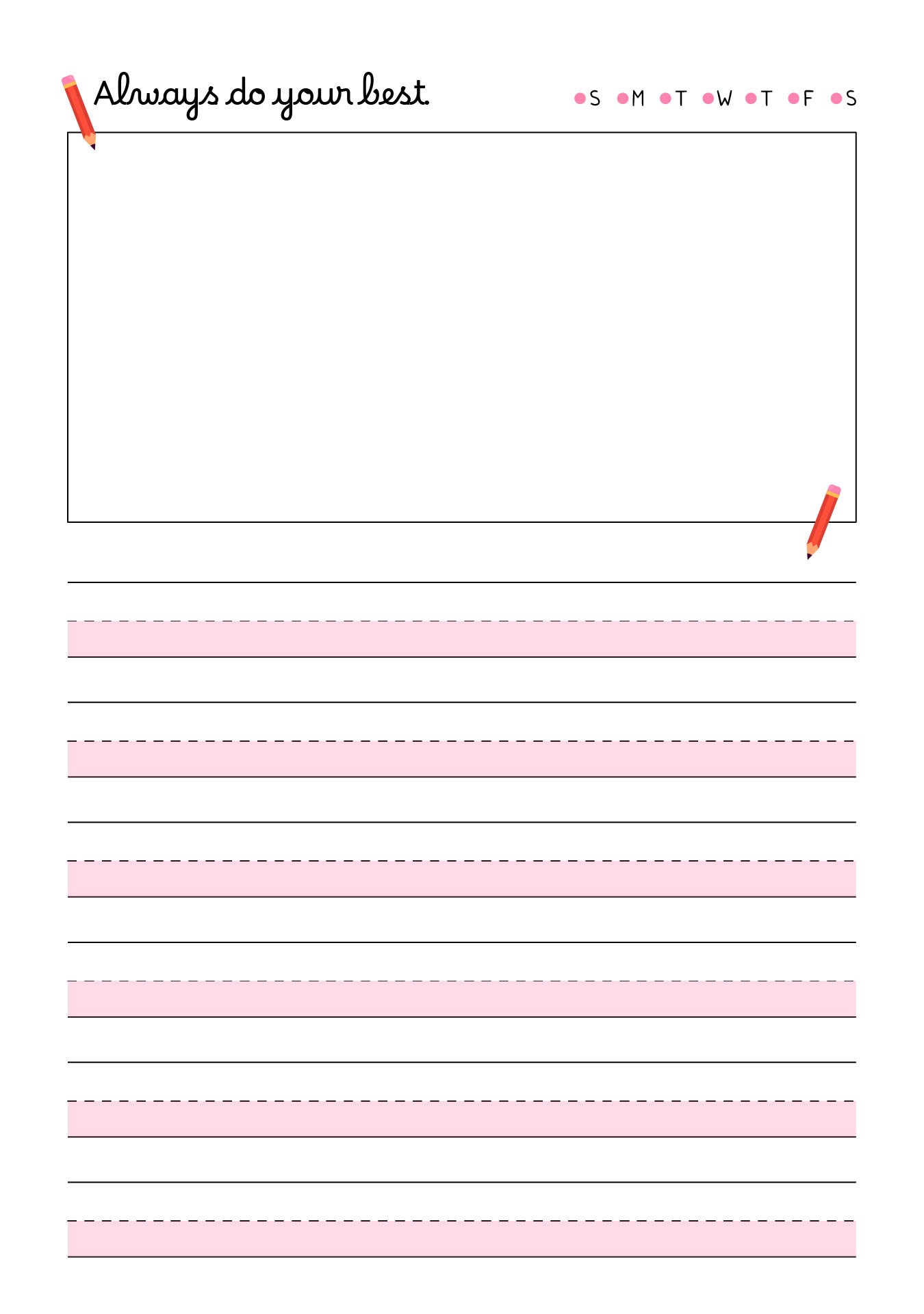
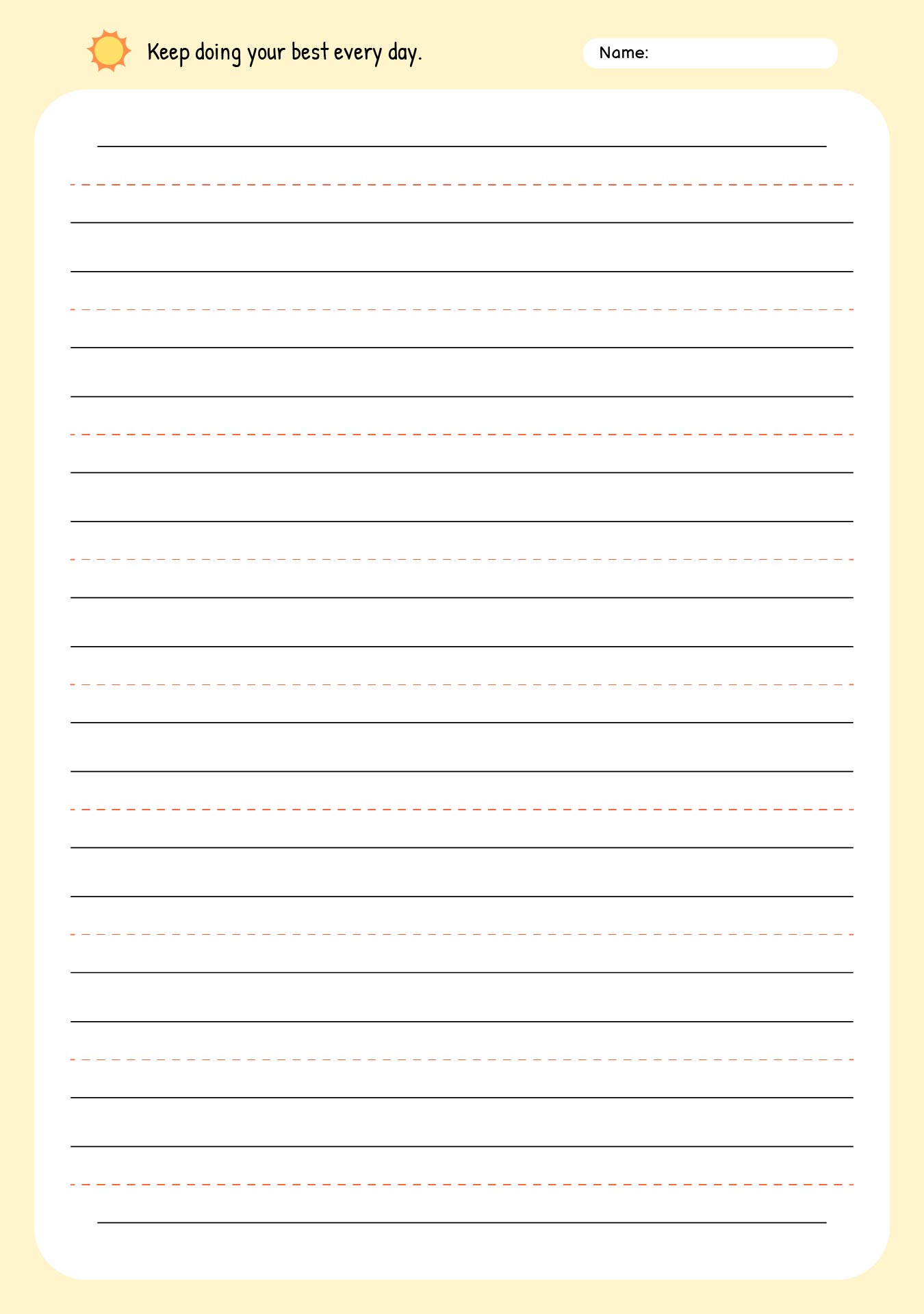
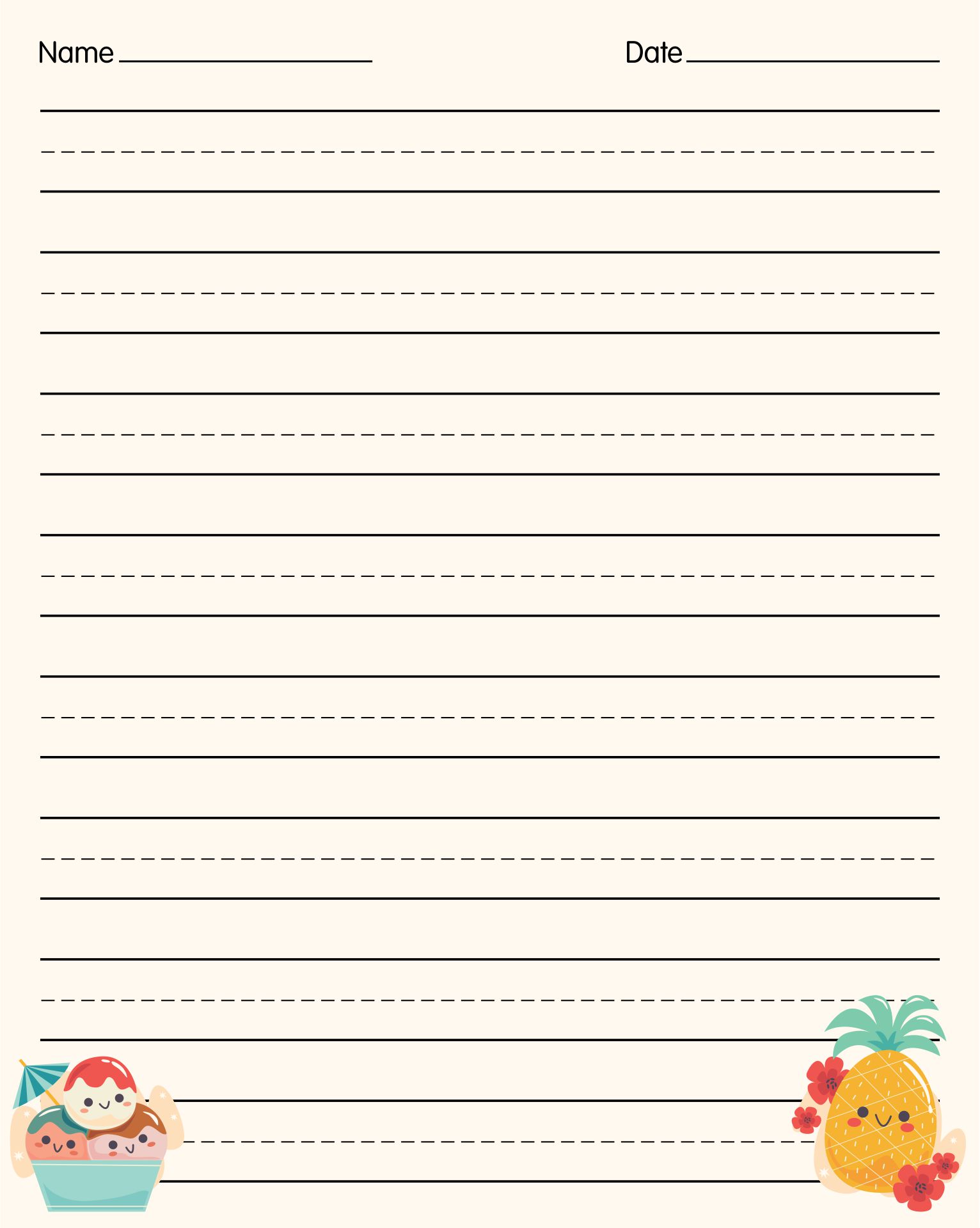
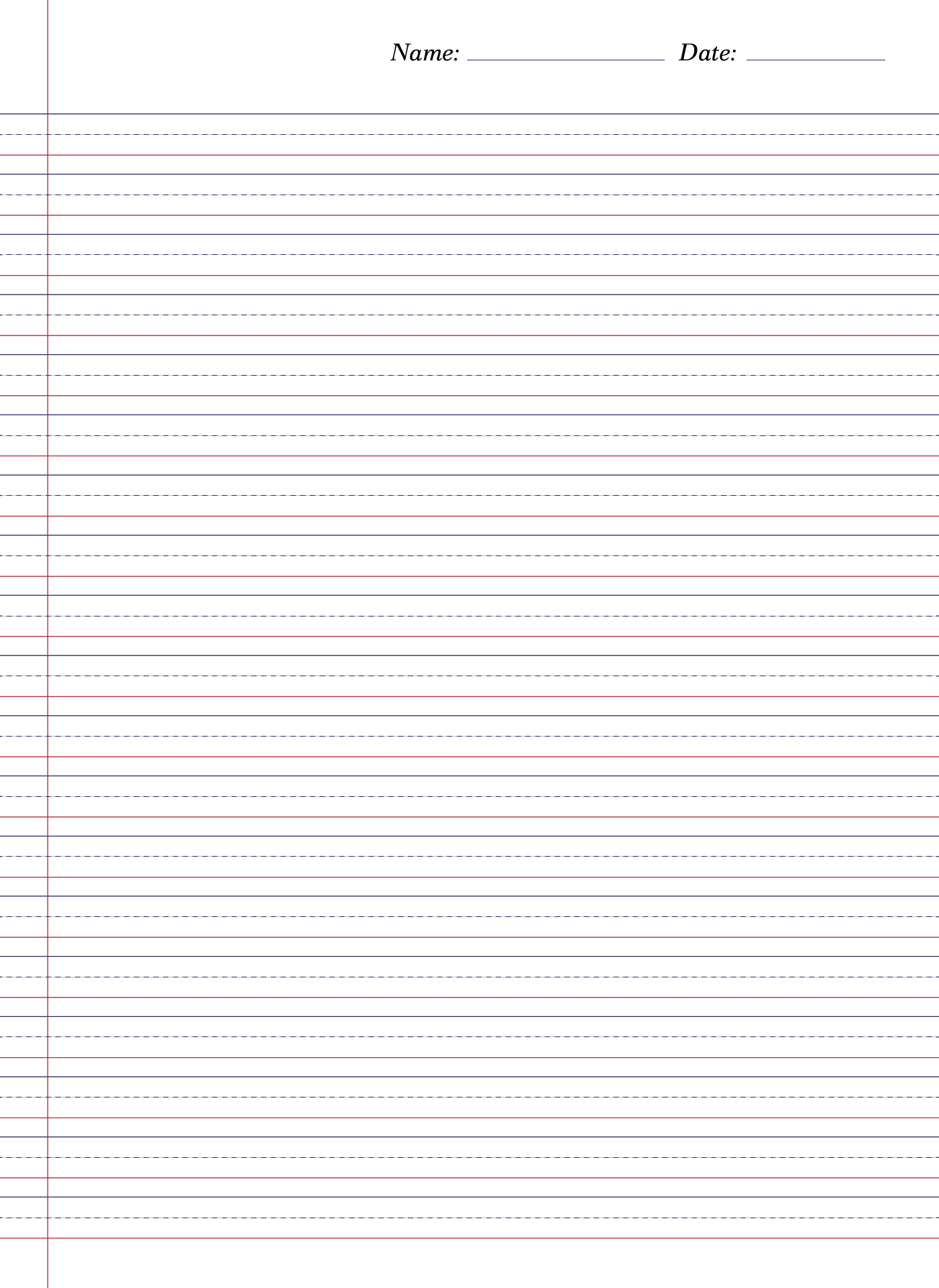
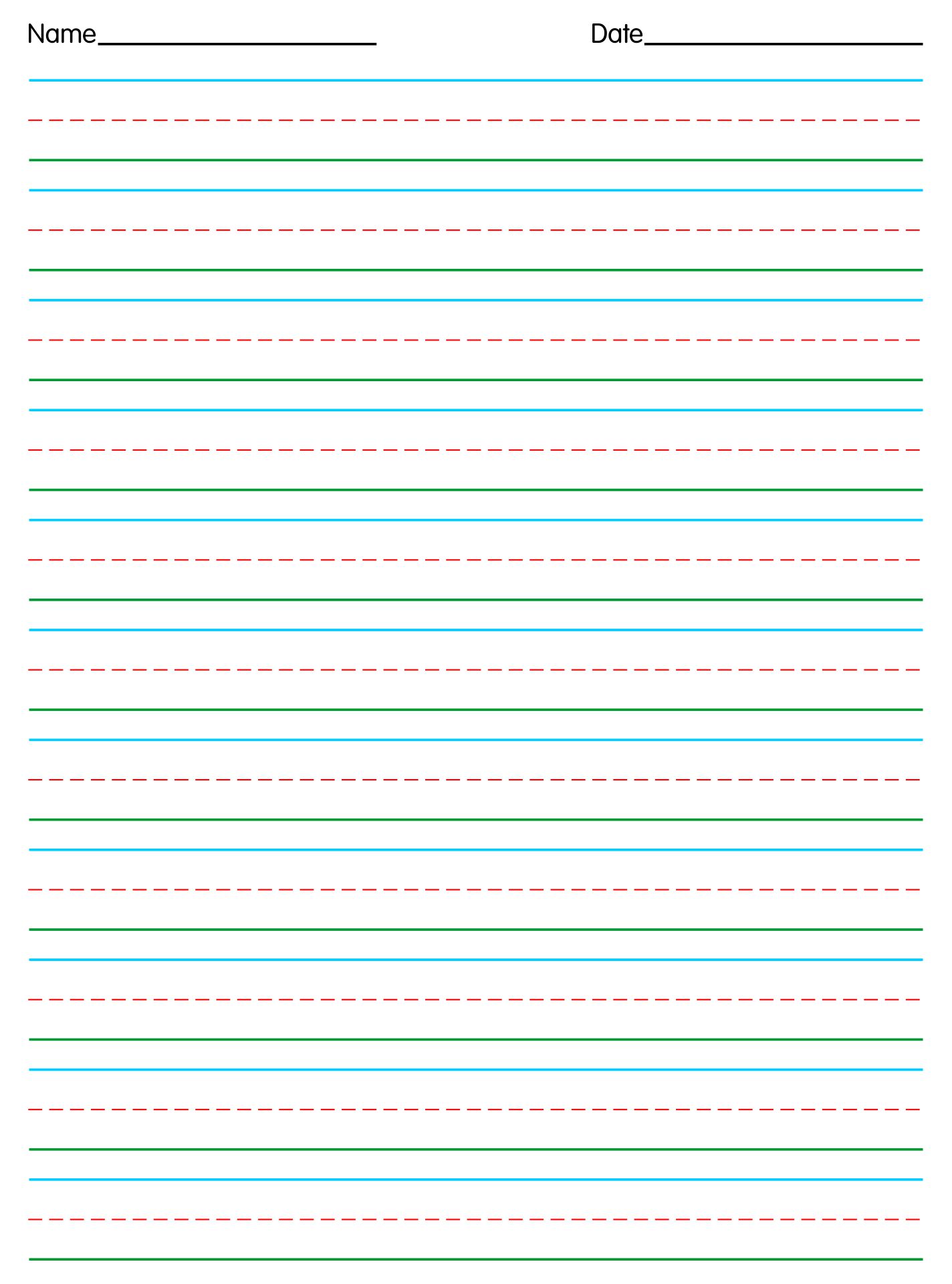
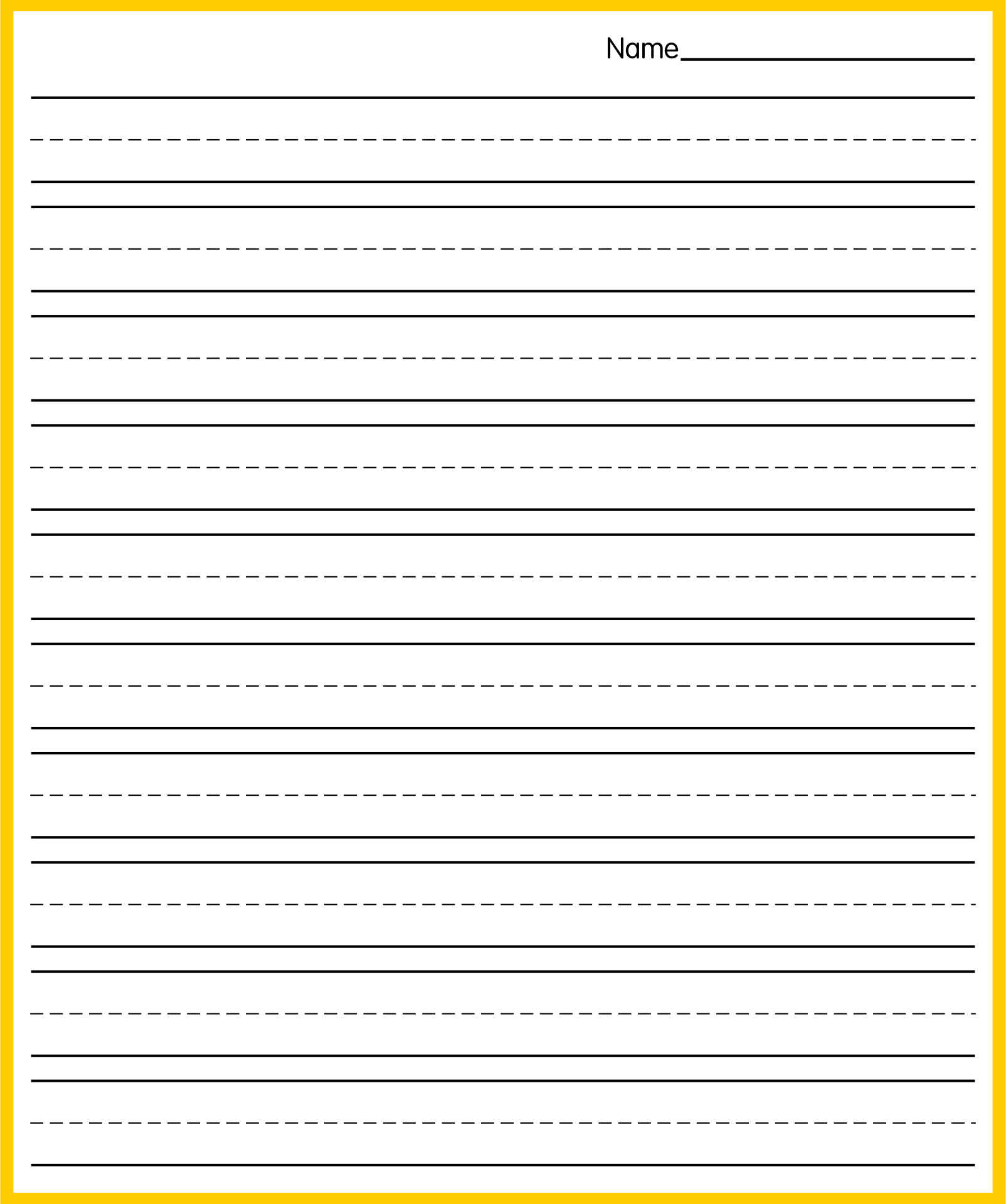
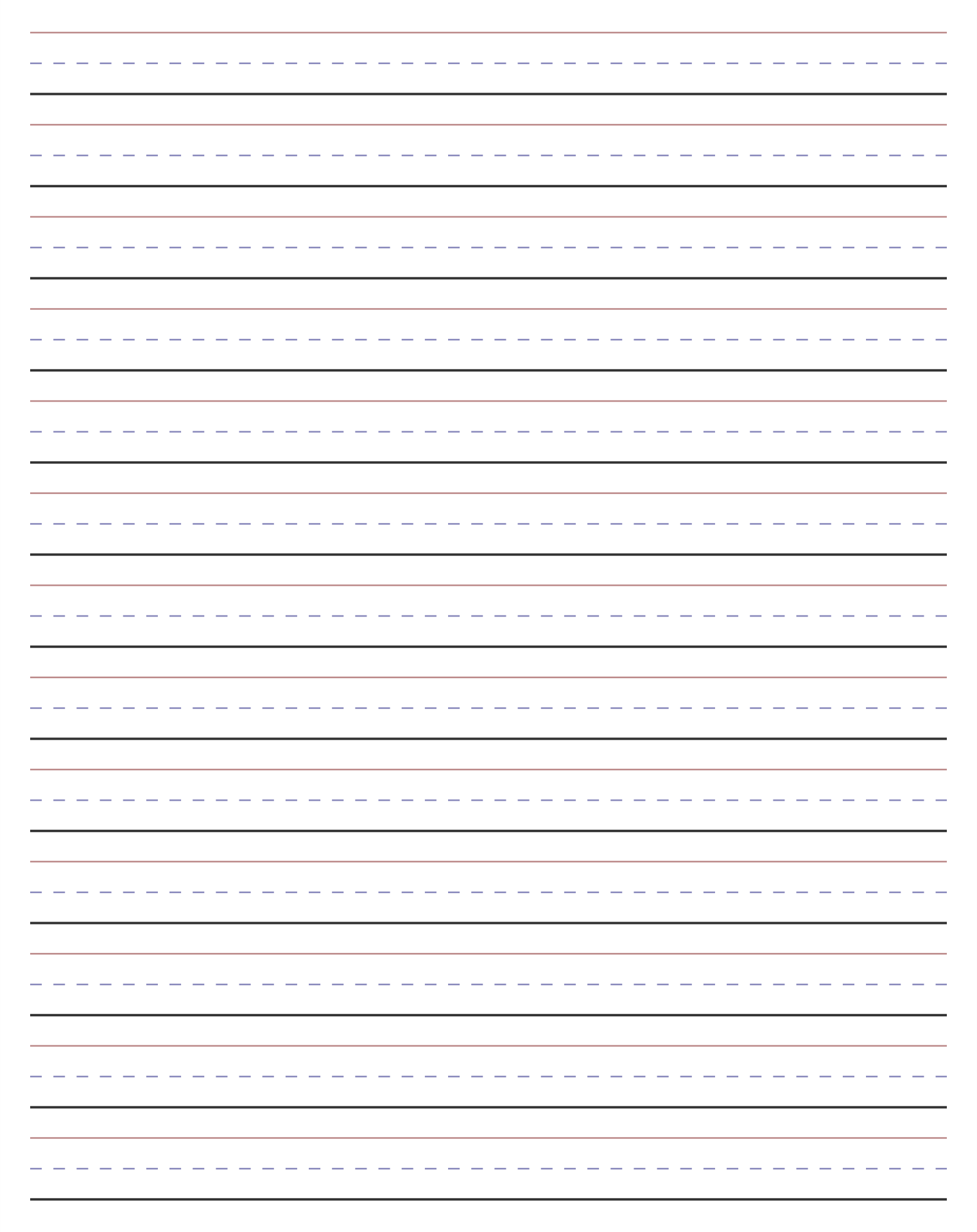
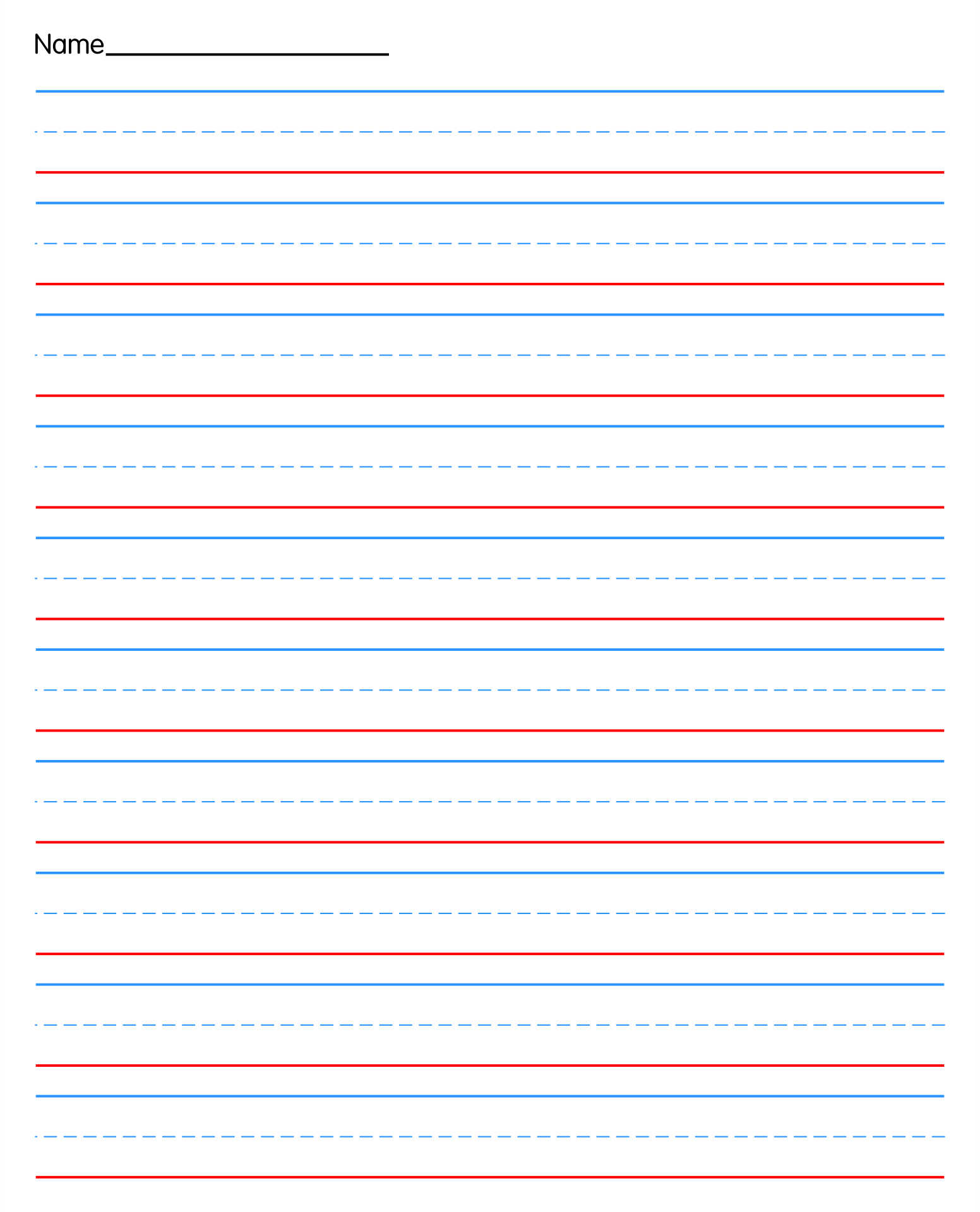
Different colors help differentiate between different lines on the paper, such as baseline, midline, and topline. This makes it easier for learners to distinguish and position their letters accurately, promoting proper letter formation and alignment.
Colored lines can provide visual guidance and support for learners, especially those who are just starting to develop their handwriting skills. The distinct colors help draw attention to specific lines, aiding learners in understanding where to place their letters and how to maintain consistent sizing and spacing.
Some handwriting papers use different colored lines to indicate a hierarchy of spaces for letters, words, and sentences. For example, the baseline for individual letters may be a different color from the dashed midline used for lowercase letters and the solid top-line used for tall letters. This differentiation helps students understand the spatial relationships between different components of their writing.
Colored lines can assist learners in tracking their handwriting movements and maintaining proper spacing between words. The visual contrast provided by different colored lines makes it easier for learners to visually track their progress and ensure appropriate letter and word spacing. See also our printable word search.
The use of multiple colored lines can make handwriting paper more visually appealing, engaging, and enjoyable for learners, particularly younger students. The colorful lines can create a more inviting learning environment and make handwriting practice more enjoyable.
It's important to note that the specific use of different colored lines may vary depending on the handwriting program or method being used.
Different handwriting paper designs and styles may employ various line colors based on their specific pedagogical approach and objectives. Ultimately, the aim is to provide learners with visual cues and support to develop legible and consistent handwriting skills.
Have something to tell us?
Recent Comments
Free printable handwriting paper is a convenient tool that allows users to practice their handwriting skills or create personalized written documents easily and for free.
Free printable handwriting paper allows users, both young students and adults, to practice and improve their handwriting skills conveniently at home or in the classroom, enhancing legibility and neatness in writing.
I really appreciate this free printable handwriting paper resource! It's such a helpful tool for my kids to practice their writing skills. Thank you for providing it!